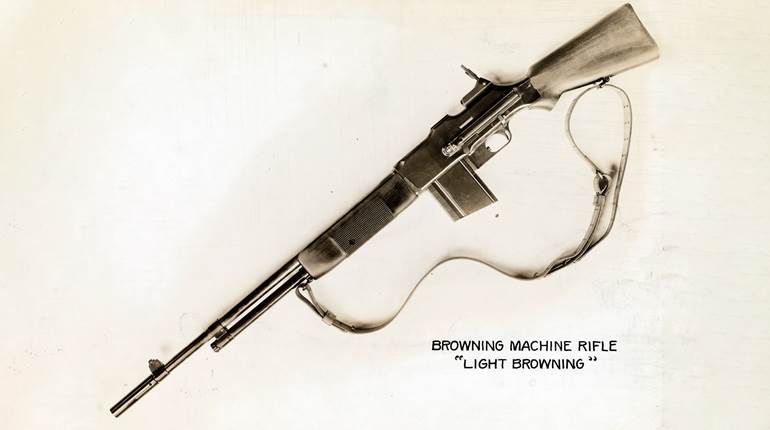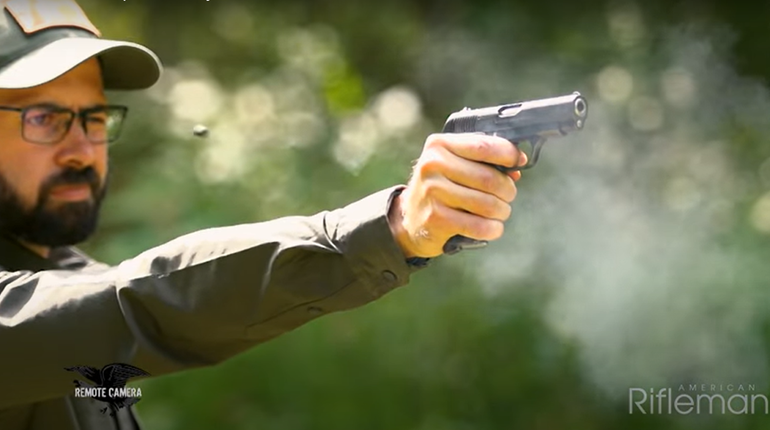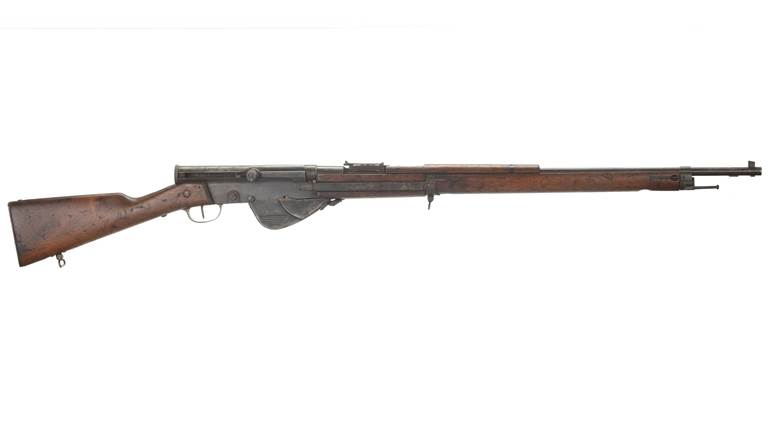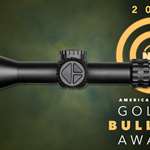By 1918, even the new-to-the-war American Expeditionary Force had experienced the grinding stalemate that was trench warfare on the Western Front during World War I. One of the issues faced by the doughboys when they initially entered the fray was a lack of squad-level support from light machine guns. Before entering the war, the U.S. had not settled on a standard light machine gun. So, when the AEF entered combat on the front, they had to rely on allied light machine guns like the CSRG Chauchat, which had a less-than-stellar reputation for reliability and was not chambered for the standard U.S. .30-'06 Sprg. cartridges used by the M1903 and M1917 rifles carried by the infantrymen.
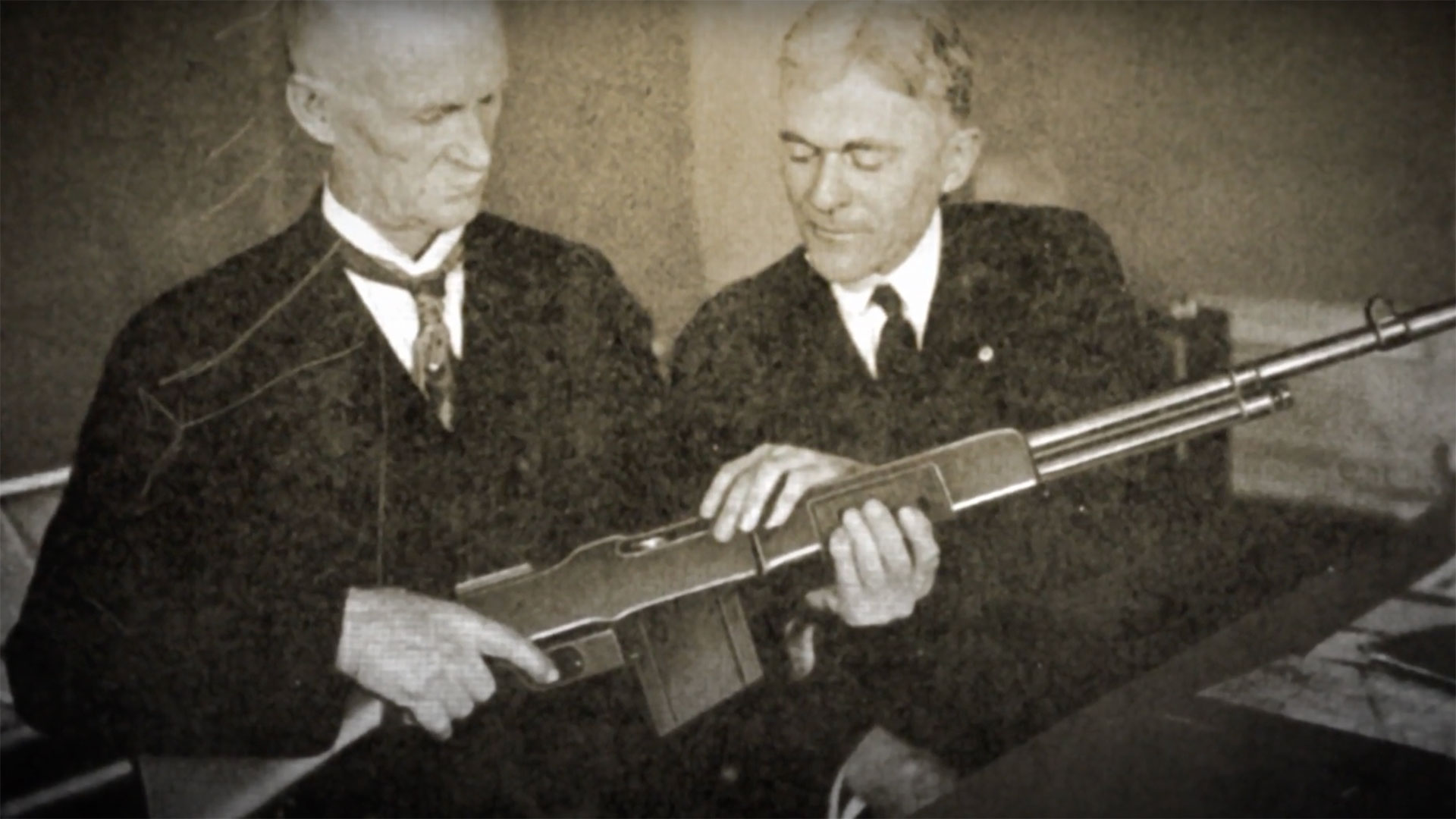
As it would turn out, the answer to this issue had been invented and demonstrated before the U.S. declared war on Germany, John Moses Browning's Browning Automatic Rifle (BAR). Chambered in .30-'06 Sprg., the BAR is an air-cooled, gas-operated automatic rifle, which fires from the open-bolt and feeds from 20-round, double-stack magazines. With a 24" barrel, wood furniture and steel components construction, the BAR is a large and cumbersome by modern standards, coming in at 47" long and weighing nearly 16 lbs. unloaded. Despite this, at the time the BAR was a revolutionary design, which delivered controllable .30-cal. automatic fire from a platform that could be operated and carried with relative ease by a single man.
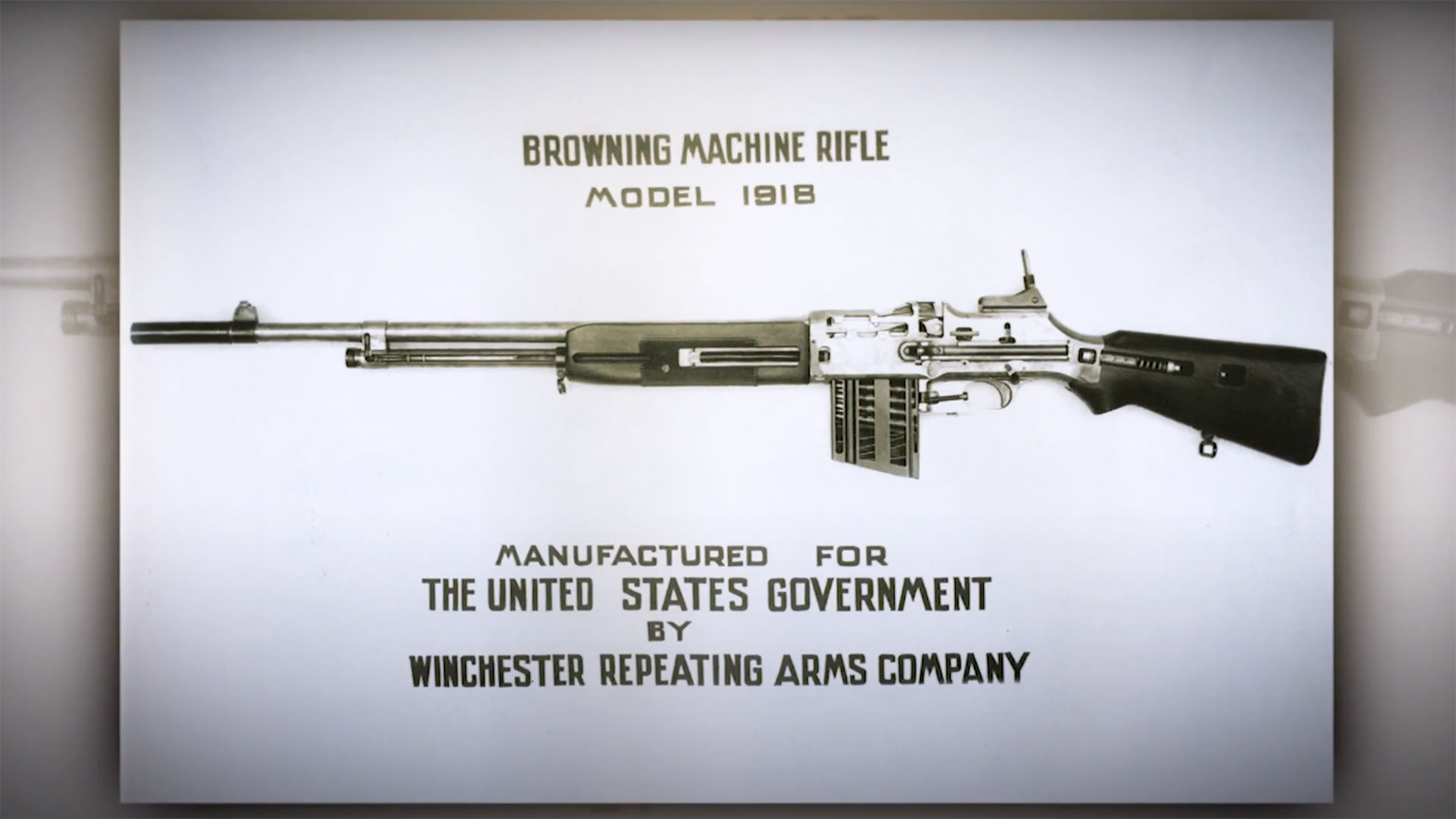
Despite being available before the U.S. entry into the war, the BAR would not be requisitioned for adoption and production until later in 1917. While Browning had set up his manufacturing rights with Colt, the firm was already tooled to produce the Vickers heavy machine gun. So, the contract and manufacturing rights were eventually transferred to Winchester. With production ramping up in 1918, the BAR did see some limited service during the final weeks of World War I, where its attributes shined. Gunners could use the BAR to suppress enemy positions as they advanced with the infantry, in a practice known as "walking fire." Unlike the heavier water-cooled machine guns available to the AEF, the BAR provided easily transportable automatic fire where needed.
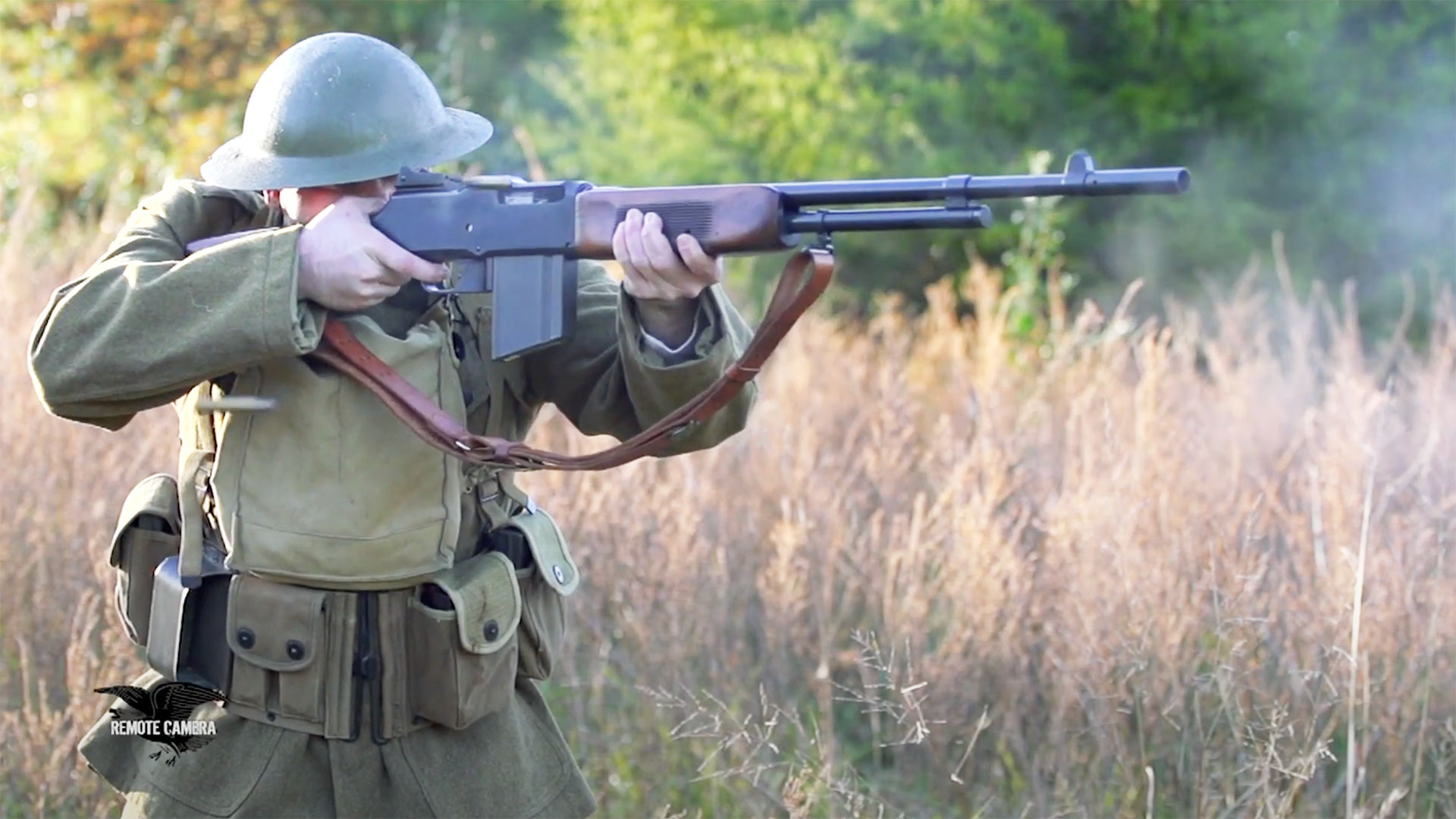
After the war, the M1918 BAR stayed in service with the U.S. throughout the inter-war period, and even entered service with many other nations during that time. The design was improved and modified over time, with the U.S. military adding a more robust stock, different sights, a carry handle and a bipod to the design bey World War II, with that version called the M1918A2 BAR.
To watch complete segments of past episodes of American Rifleman TV, go to americanrifleman.org/artv. For all-new episodes of ARTV, tune in Wednesday nights to Outdoor Channel 8:30 p.m. and 11:30 p.m. EST.
